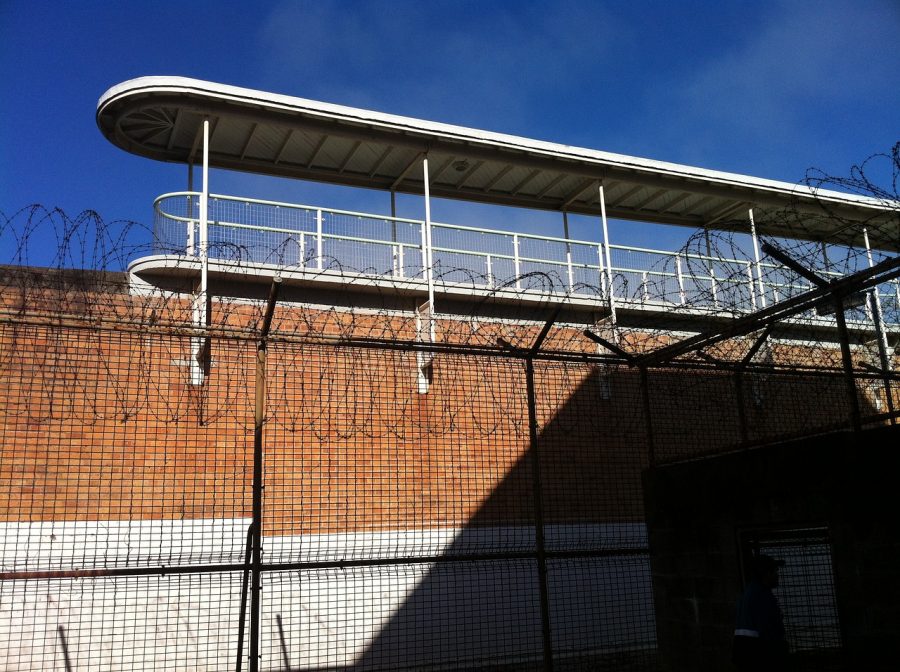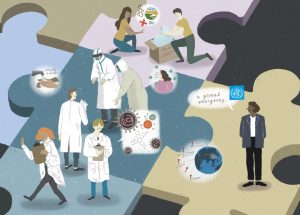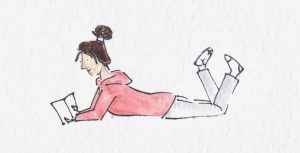Prison inmates struggle over COVID-19 fears
bbran19 // PIXABAY.CO
Prison inmates are kept in relatively close quarters, which hinder efforts at social distancing.
May 3, 2020
As COVID-19 spreads throughout American prisons, inmates are protesting conditions out of concern for their health. The phenomenon is a part of a global crisis that has resulted in shelter in place orders, an overwhelmed health care system and plummeting economies.
However, throughout the responses of various local and national governments, there are serious concerns over the conditions in prisons and the health of their inmates.
Prisons inherently struggle to maintain social distancing guidelines, resulting in a much higher rate of infection. On April 8, the California Department of Corrections and Rehabilitations reported that a total of 81 inmates and staffers had tested positive for COVID-19, up from 26 cases the week prior. According to Holly Yan of CNN, the largest concentration of COVID-19 cases outside of a hospital can be found in Cook County Jail in Chicago.
“Jails in this country are petri dishes,” Cook County Board President Tom Preckwrinkle said in an interview with CNN.
In the U.S., state and federal governments have acted in dramatically different ways to try and detour prisons from becoming a hotspot for the epidemic. States have released prisoners, with California and New York each releasing around 1,000 prisoners and Ohio roughly halving its prison population. Attorney General William Barr has also started supporting home confinement for inmates.
However, Gov. Greg Abbott of Texas has required violent criminals to post bail prior to release. While California and Alaska have eased bail requirements, some states like Texas and New York have decided to make it more difficult to pay bail. Supporters point out that the policy change is to be implemented on July 7 in order to avoid the peak of infections. Critics claim the policy disproportionately hurts minorities, backed by 2017 studies from UCLA.
“We passed one of the most sweeping bail reform bills in the history of the state of New York so we’re incarcerating fewer people than ever before and taking special measures for this virus situation,” New York Governor Andrew Cuomo said. “For example, we’re releasing people who are in jails because they violated parole for non-serious reasons. And wherever we can get people out of jails, out of prisons, now we are.”
As politicians debate the best approach to handle the spread of disease in prisons, inmates have begun organizing and protesting.
In the Monroe Correctional Complex in Washington state, around 100 inmates gathered on April 8 in protest of prison conditions after six prisoners were diagnosed with COVID-19. After guards tried to use verbal commands, pepper spray and sting balls, fighting erupted in the prison.
At the Lansing correctional facility in Kansas, inmates tore apart offices, broke windows, and started small fires on April 9 after hearing news that over two dozen inmates and guards had been diagnosed with COVID-19.
Samuel Brown, an inmate at California State Prison, Los Angeles County said to CNN, “The truth of the matter is: prisoners are people. So we’re also afraid.”
COVID-19 has seriously endangered the prison population, and as conditions worsen with the spread of the virus, inmates will continue to speak up and demand the aid and security that they need.





